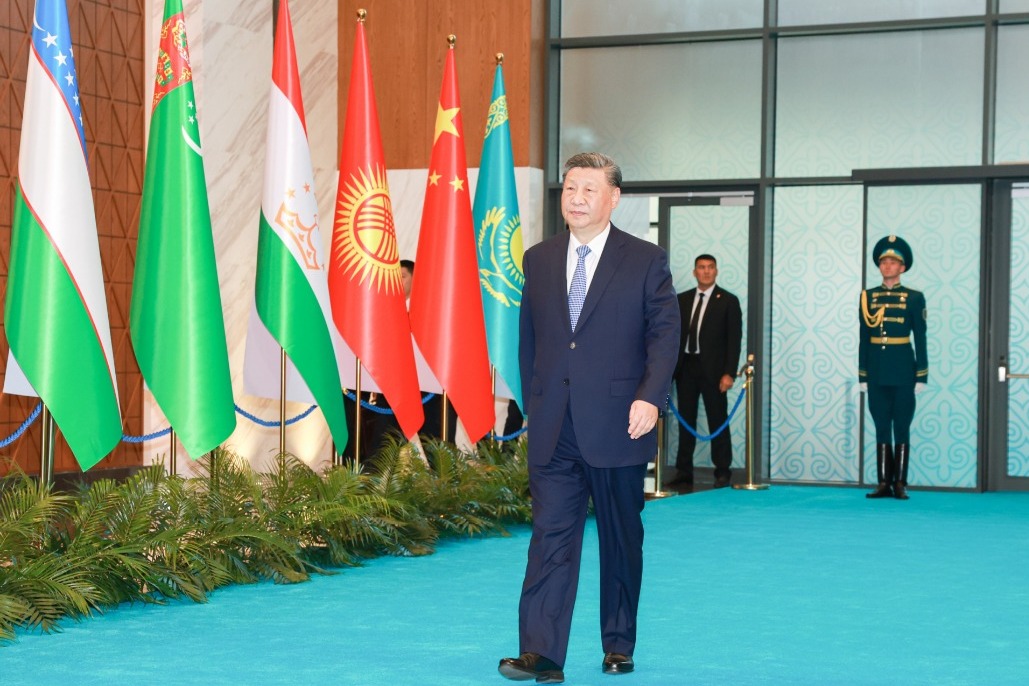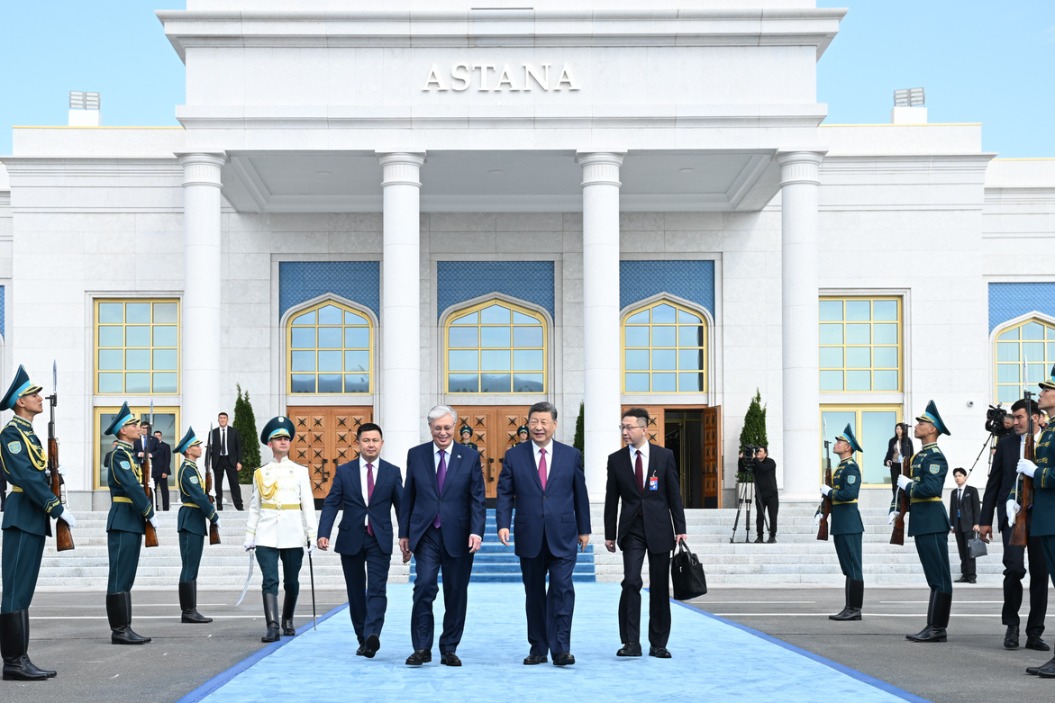Teaching the important lessons of life

 |
Timothy Sim's father died that day, so he had other things on his mind. It was two weeks before Sim, a psychotherapist in Singapore, would learn about the devastating earthquake.
Over the next two-plus years, he would learn the importance of familiar cultural elements and that "people themselves have the resilience to recover from misfortune".
As a PhD social worker, he knew about devastation from his work with adolescent drug abusers and ex-offenders and their families in Singapore and Hong Kong, but nothing about relief work or disaster management. Nevertheless, he accepted immediately when a friend who worked for an international charity invited Sim to join its relief work in Sichuan.
Sim, now 45, already had been scheduled to leave National University of Singapore to join the Hong Kong Polytechnic University (PolyU) on July 2. He took personal leave to visit Chengdu, the capital of Sichuan, on June 4 and then go on to the quake-hit areas. It was the first of many trips to Sichuan; he spent 103 days there in 2009, his peak year.
In the first 12 months, Sim trained medical professionals, psychologists, teachers and social workers to deal with mental health issues in a traumatic situation. He organized summer children's projects that developed into the Sichuan Expanded School Mental Health Network, which PolyU established in February 2009. Sim then focused on that project, which covers five schools in disaster areas.
But he felt some resistance - and learned about a local saying: "Be mindful of fire, theft and psychotherapy." So how could mental health professionals provide appropriate services in a disaster? By teaching less and serving more as a catalyst so people could find their own way back.
In September 2008, Sim met four teachers from Yingxiu Primary School, which lost about 400 students in the quake. Three of these teachers had lost a wife or child. Their psychological trauma was deep, but they weren't open to psychological therapy.
During the Spring Festival in 2009, following their wish, Sim arranged for them to take a trip to Yunnan province. He thought it was a good opportunity for these teachers to air their accumulated sorrows.
It worked. After they returned, Sim could see they had begun to relax, compose their emotions and plan for the future. Those who had been widowed even started new relationships and eventually would marry again.
Several months after the trip, the four voluntarily began to tell Sim about their experiences and feelings, and that they worried some of their cherished memories would be forgotten. He interviewed them individually and recorded what they said. When he gave transcripts to the teachers, one of them told Sim, "You have helped me to organize my past experiences and I can close the page now."
One recovery technique came to Sim by happenstance in Yingxiu, the earthquake's epicenter, in February 2009. The town had lost about 80 percent of its population.
He was walking down a street when he saw people dancing - dynamically and spontaneously. He learned that it's an after-dinner practice of the local people called Guozhuang dance, a Tibetan and Qiang ethnic folk dance.
The idea of holding a show of Guozhuang dance came to Sim's mind, and on May 1, he and the local government sponsored the show. It attracted more than 2,000 townspeople.
"Their mental outlook looked really good, and they were dancing joyfully," Sim says. "They have their own power to recover."
Sim and his social worker team in schools started to utilize indigenous elements to help children. They used the traditional Chinese New Year painting activities to attract students. They invited a dance teacher, Liao Zhi, to work with handicapped students in Hanwang Primary School.
Liao had lost her legs in the quake but persisted in dancing. She uses prosthetic legs and performs on a big drum. The children watched and learned.
A dozen of them danced as a group at their school, and the audience was shocked into silence. In May 2010, Sim arranged for these students, half of whom had lost legs or hands, to perform their dance in Hong Kong to demonstrate resilience from disaster.
Changes came to the local people, but it wasn't all one-way. Sim says his attitude to his work of psychological therapy has changed as well. "I need to respect the people I serve, listen to them and know the resources they have that can be used to help them," he says. "What I teach my students right now is totally different from that two years ago."
Gao Qihui
Today's Top News
- US can't reverse re-globalization trend
- Chinese citizens moved to safety amid Mideast conflict
- Nation set to further advance financial opening-up
- Xi's speech in Astana wins global acclaim
- Summit enhances regional cooperation
- Intl community must push for de-escalation in the Middle East






























